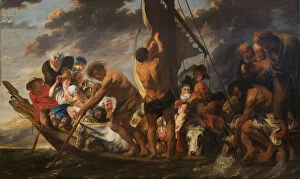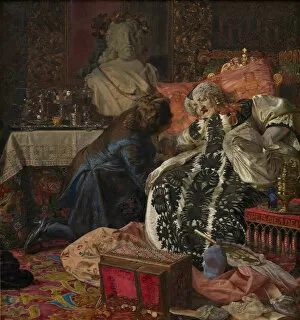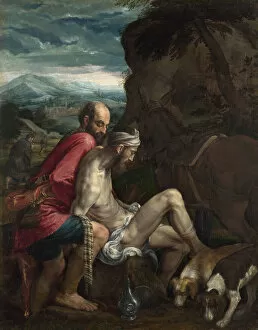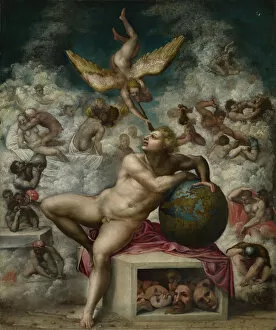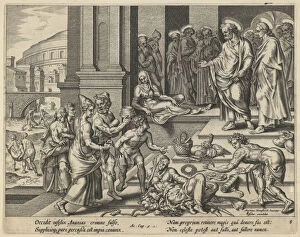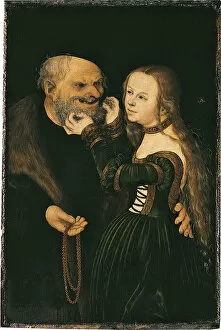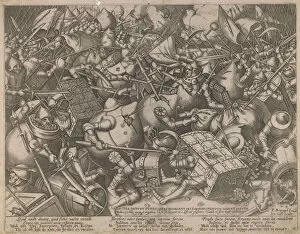Wealthiness Collection (page 6)
"Wealthiness: A Historical Perspective on the Perils and Paradoxes of Prosperity" In the realm of politics
All Professionally Made to Order for Quick Shipping
"Wealthiness: A Historical Perspective on the Perils and Paradoxes of Prosperity" In the realm of politics, wealth has often been a subject of controversy and exploitation. The artwork "Political Ravishment, or the Old Lady of Threadneedle Street in Danger. " by James Gillray vividly portrays this notion. Created in 1797, it exposes how power can manipulate wealth to endanger society's most vulnerable. Centuries earlier, Rembrandt van Rhijn's "The Parable of the Rich Fool" (1627) serves as a cautionary tale against greed and materialism. It reminds us that true richness lies not in accumulating possessions but in nurturing our souls with compassion and humility. Contrasting perspectives on wealth are also evident in Firs Sergeevich Zhuravlev's painting "After the marriage" from 1874. Here, prosperity is depicted as an outcome of love and union rather than mere accumulation. Artists like Titian explored religious themes related to wealth through works such as "The Tribute Money" (1560s). This piece reflects upon one's duty to contribute towards societal well-being while highlighting the tension between earthly riches and spiritual values. Lucas van Doetechum's depiction of "The Parable of the Talents" illustrates how prosperity should be utilized wisely for personal growth and communal benefit. It emphasizes that hoarding wealth without purpose stifles its potential for positive change. Konstantin Andreyevich Somov's surrealistic masterpiece "Harlequin and Death" (1907) delves into existential questions surrounding affluence. It prompts us to ponder whether material abundance truly guarantees happiness or if it merely masks deeper anxieties about mortality. Quentin Massys' painting titled "The Tax Collectors" (1520s) reveals how those entrusted with managing finances can exploit their position for personal gain at society's expense—a timeless reminder that corruption lurks even within systems designed to maintain wealth.

